After two years, the $70 million renovation of the National Museum of Women in the Arts (NMWA) is now complete. Located just blocks from the White House, the wedge-shaped Neoclassical building was originally built in 1908 as a Masonic temple—which banned women members—by Waddy Wood’s eponymous firm. It was purchased in 1983 by D.C. art collector and socialite Wilhelmina Holladay and opened in 1987 as the world’s first museum dedicated solely to women artists. Mrs. Holladay, as she is still reverently referred to by museum staff, died at the age of 98 in 2021, four months before the museum shuttered for renovation.
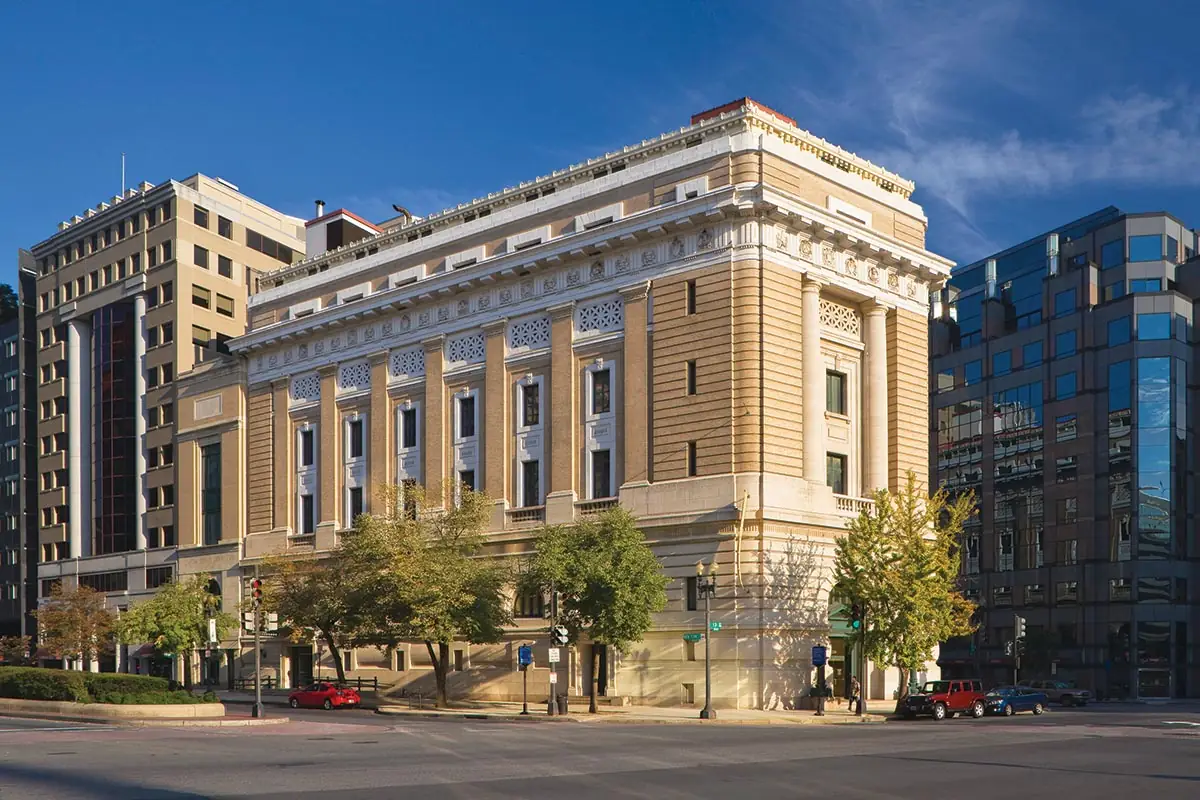
Photo © Thomas H. Field, courtesy NMWA
The building’s extensive makeover was overseen by Baltimore-based Sandra Vicchio & Associates and prioritized long-overdue modernization—the building hadn’t been fully renovated since it originally changed hands four decades ago. Vicchio, who was initially brought on in 2015 by NMWA to assess the building’s needs, devised a top-to-bottom plan that updated the building’s accessibility, lighting, and climate-control systems, and restored the building’s facade and historic spaces. Redesigned upper-floor galleries were expanded by nearly 2,500 square feet. The team also rearranged office spaces to create a “Learning Commons” that accommodates a wide range of programmatic ambitions of the museum’s, and updated a performance hall on the fifth floor.
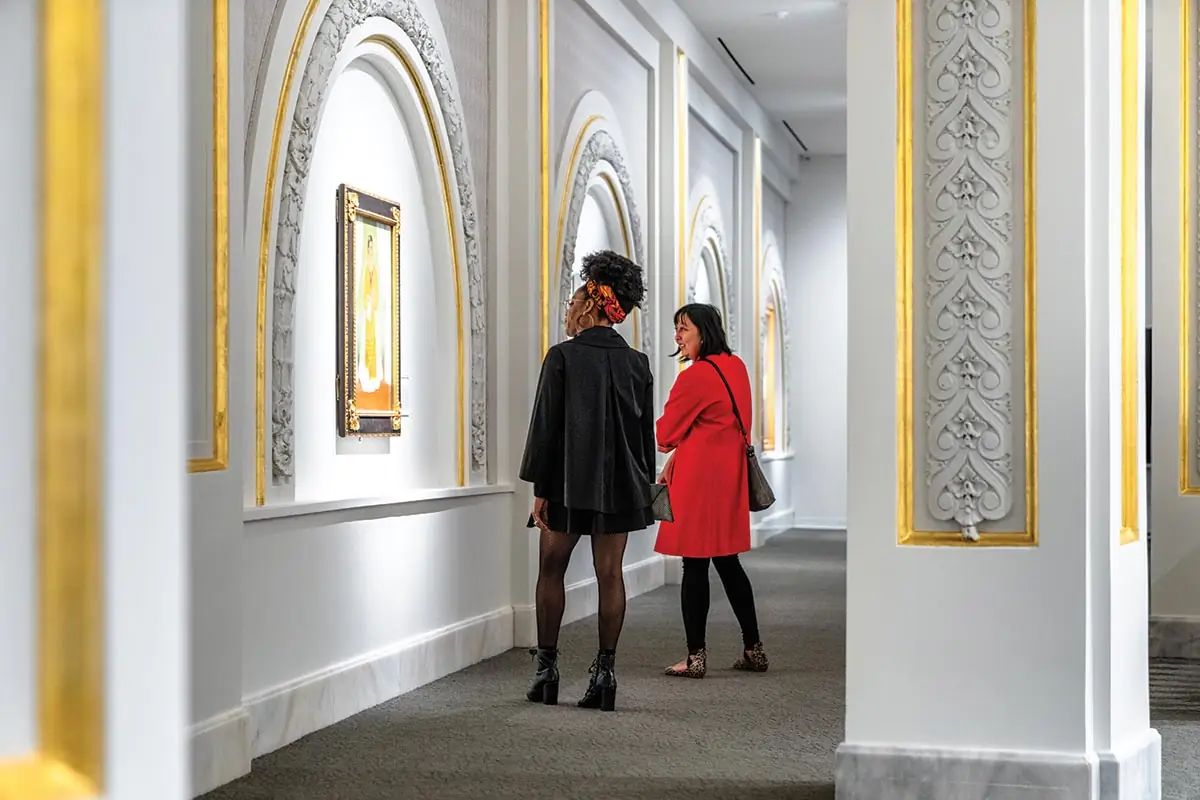
1
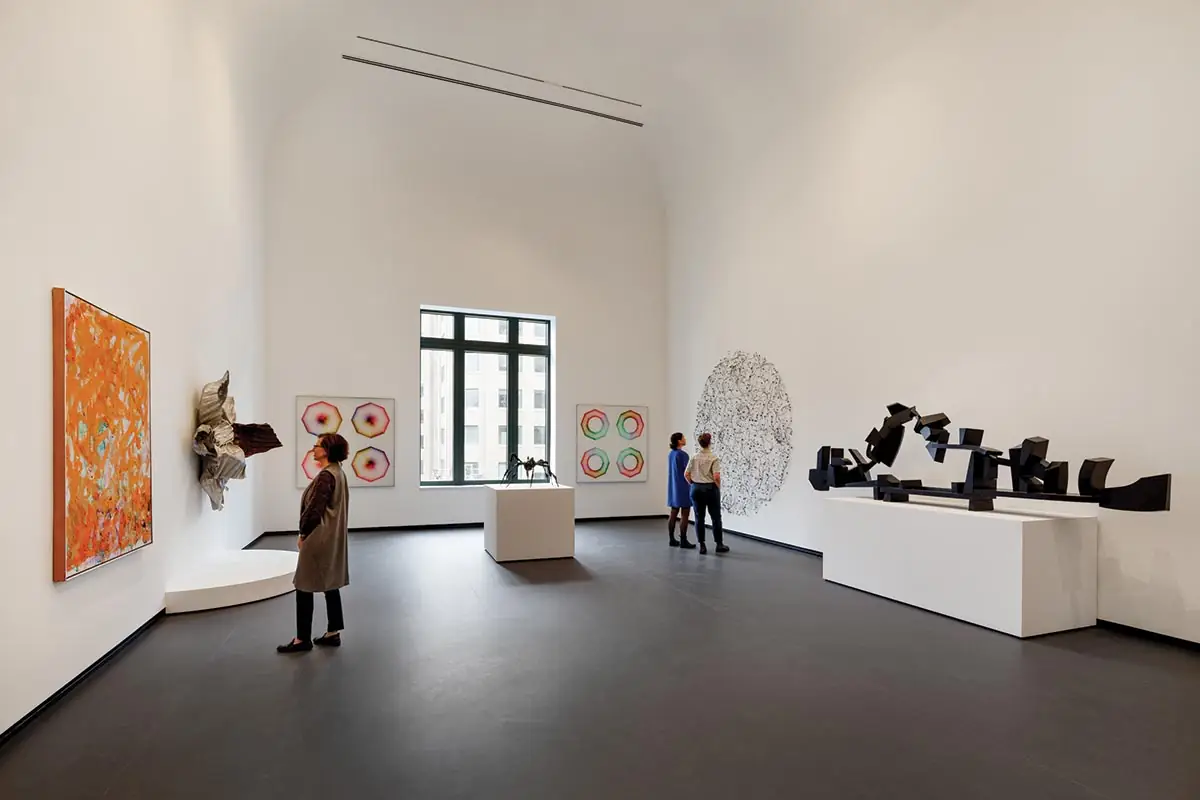
2
The project restored the building’s facade and Grand Hall (top of page & 1), while modernizing and expanding upper-floor galleries (2). Photos © Elyse Cosgrove, courtesy of NMWA, click to enlarge.
Entering through the newly revamped reception lobby via New York Avenue, the visitor is immediately confronted with art: an opulent and dramatic chandelier by Portuguese artist Joana Vasconcelos, featuring a tangle of crochet, lace, and tassels, studded with beaded ornaments and Murano glass bulbs. The 6-foot piece dangles from the primary stairwell in the rotunda, framing the entrance to the restored Great Hall, with its twin stair, sweeping white balustrade, and floor (all marble), and Classical wall moldings offering a more traditional grandeur. The mezzanine walls feature selected portraits from the permanent collection, from Eva Gonzalès’s 1874 Portrait d’une jeune femme and Frida Kahlo’s famous 1937 self-portrait (dedicated to Leon Trotsky) to Zanele Muholi’s 2007 photograph of a young South African couple.
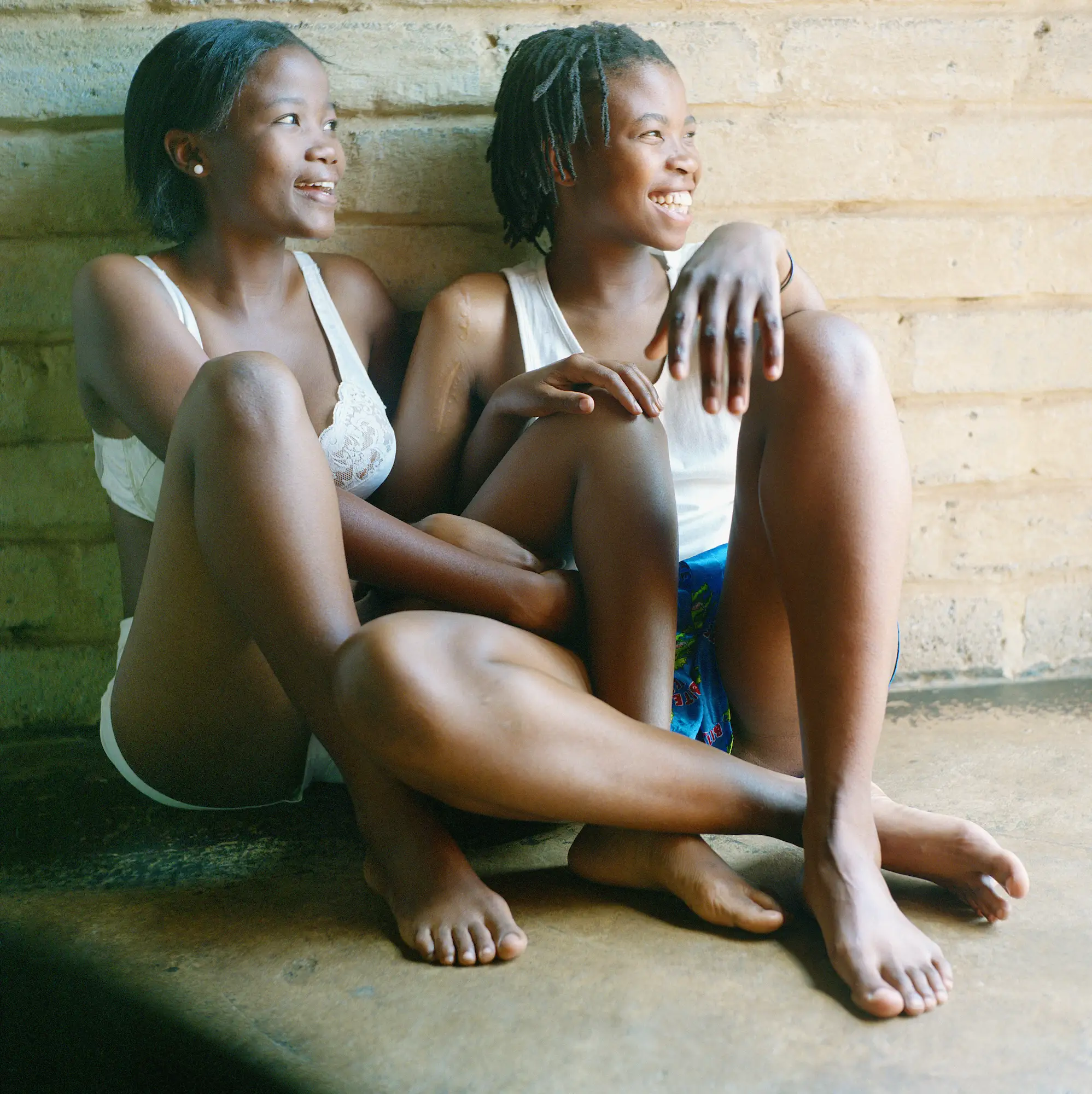
Muholi's Katlego Mashiloane and Nosipho Lavuta, Ext. 2, Lakeside, Johannesburg (2007), chromogenic color print, 30 x 30 inches. Image © Zanele Muholi, courtesy the artist and Yancey Richardson, New York
The refurbished galleries begin on the second floor, which, as of the October 21 reopening (through February 25) hosts an inaugural special exhibition, The Sky’s The Limit, a rare survey of 33 large-scale sculptures from 2003 to today. The monumental works—which hang from the ceiling, extend from the walls, or spill out onto the floors—flaunt the improved technical capabilities of the galleries, which now feature reinforced interior support.
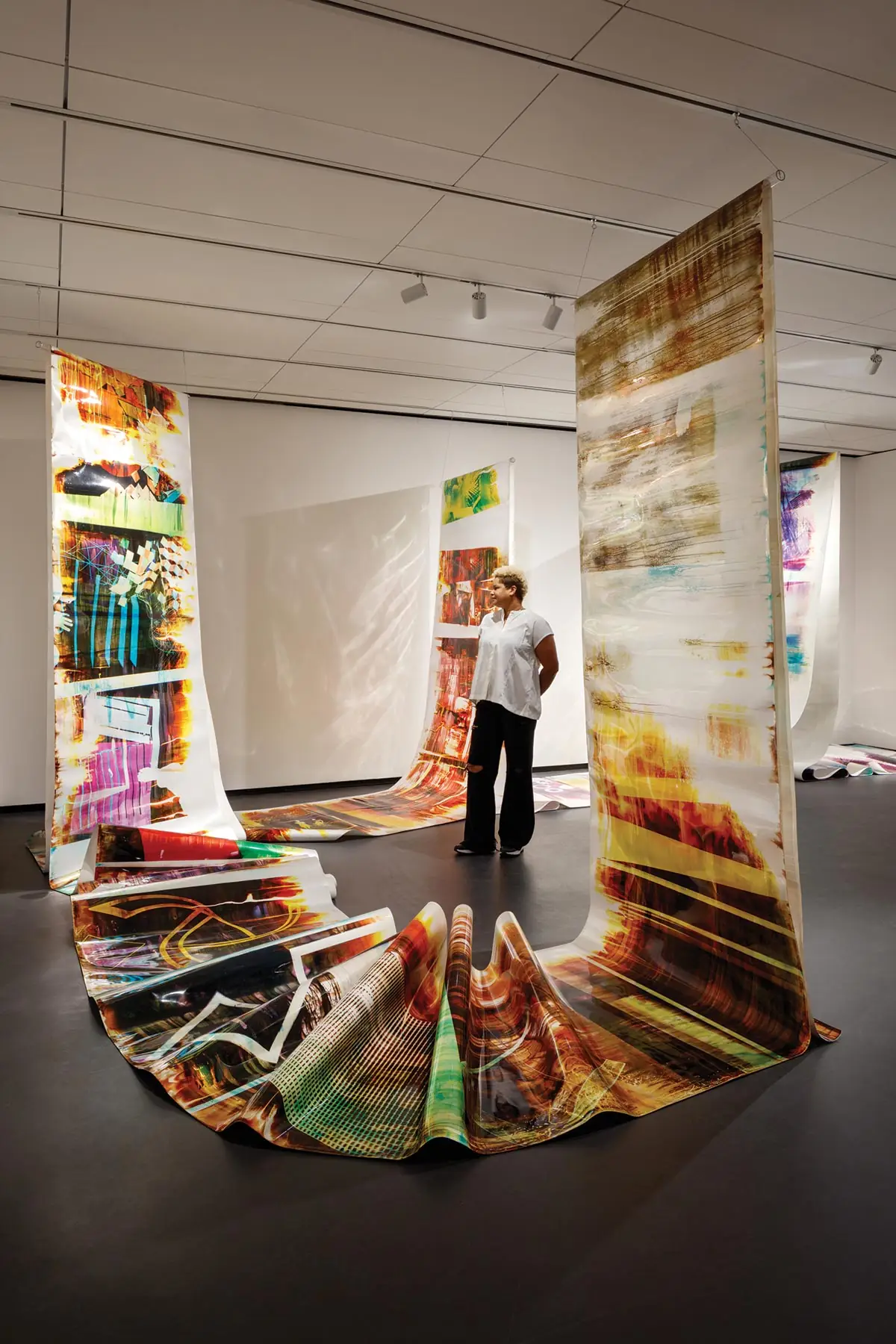
A temporary exhibition on the second floor surveys large-scale works. Photo © Jennifer Hughes, courtesy of NMWA
In addition, Vicchio incorporated movable walls, to open up the formerly cramped gallery space. “I liked the idea of being able to see the overarching organization of the galleries, and then wandering into the alcoves where you can have a more private experience with the art,” she says.
On the third floor is a “remixed” display of pieces from the museum’s permanent collection, organized on a variety of themes—most strikingly, in one section, by color. The diverse range of mediums, styles, and subject matter is accentuated by richly colored accent walls and a dynamic layout, and points to both the strengths and pitfalls of a museum united solely by gender. The museum was controversial when it opened, drawing criticism both from feminists for “ghettoizing” female artists, and by more conservative patrons for “politicizing” art. Mrs. Holladay, it is said, enjoyed the controversy.
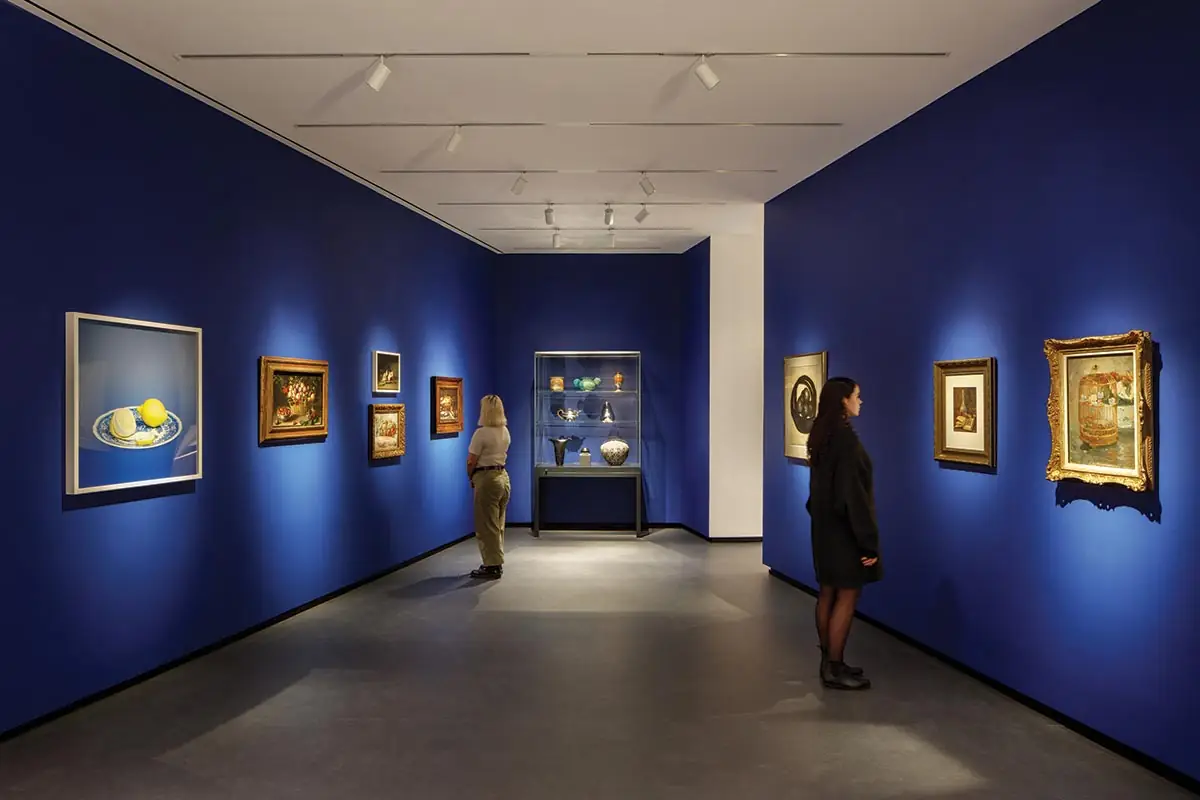
The third-floor galleries juxtapose pieces from the permanent collection. Photo © Jennifer Hughes, courtesy of NMWA
To some who question the museum’s continued relevance, gender has come to seem too tenuous as a common thread. But, despite the advancement of women in the arts, even now the work of female-identifying artists only make up 11 percent of acquisitions at U.S. museums. “The discourse has progressed since the museum was founded, but gender and intersectional racial inequality remain pervasive in gallery representation, in museum collections, in exhibitions, and in the art market,” museum director Susan Fisher Sterling said at the opening. “The museum is called to a dual purpose—to exhibit works by women artists and to advocate for the larger field.”





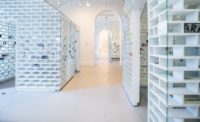
Post a comment to this article
Report Abusive Comment